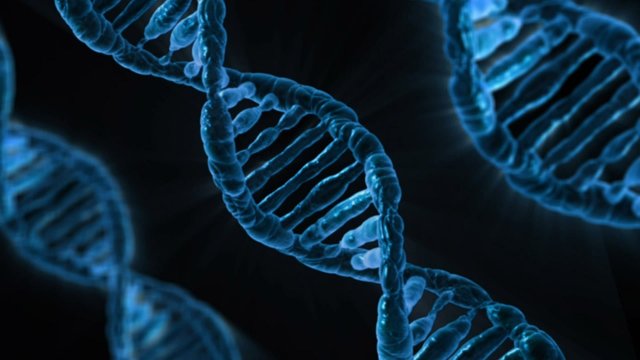
Image from Pixabay, https://goo.gl/images/mPrNLD
I ran across a fascinating study the other day. An acquaintance in the healing music field, Del Hungerford of Healing Frequencies (http://healingfrequencies.com) wrote a fascinating post on music and how our DNA has its own ‘song,’ if you will. In short, Drs. Deamer and Alexander did a study where they took the infared wavelength frequencies of each DNA base component — think Thymine, Guanine, Cytosine, Adenine — and graphed the numbers as musical pitches in Hertz.
You can find the original study and accompanying charts here: https://oursounduniverse.com/the-infrared-frequencies-of-dna-bases-science-and-art-by-s-alexjander/
To sum: like Ms. Hungerford, as a musician I found the results fascinating. There are a preponderance of F#s and C#s. Looking at it from a key signature standpoint, the key of G has F# and the key of D has F# and C#.
With a history predominantly in folk music, especially Celtic music, I often hear people exclaim how ‘different’ Celtic music is, how it “speaks to the soul,” and how it “special,” somehow. Easily 85% (and possibly more) of traditional Celtic songs are written in the keys of D and G. Did the Celtic people know something we don’t know? Were their selection of the keys of D and G (and the accompanying minor keys) intentionally chosen to put us back in touch with ourselves at a cellular level?
Another thought: the original study talked a lot about how the charted frequencies were often ‘microtonal,’ or splitting the distances between our standard whole tones and half tones. A common instrument in the Celtic tradition is the Tinwhistle — a sinple-system end-blown flute. Flutes, because of how they produce sound, are known for having a rich assortment of overtones, which are harmonic pitches sounded by the production of the principle note and give the principle note a richer tonal quality. (Think of the difference between a tuning fork being sounded, and a singer singing the same note.) Without getting too deep in the rabbit hole, sometimes these overtones match the harmonic pitches, and sometimes they don’t quite — I’m thinking along the lines of how microtones are set up. It is possible that the instruments native to the Celts might have had a greater incidence of hitting the exact pitches necessary to resonate with us at our deepest cellular level.
Thoughts?
(Mirrored on Weku)

Check out my trad EP, “Brighter Days”! Http://heatherthebard.bandcamp.com
Hello @heatherthebard, thank you for sharing this creative work! We just stopped by to say that you've been upvoted by the @creativecrypto magazine. The Creative Crypto is all about art on the blockchain and learning from creatives like you. Looking forward to crossing paths again soon. Steem on!
Downvoting a post can decrease pending rewards and make it less visible. Common reasons:
Submit
Thanks!
Downvoting a post can decrease pending rewards and make it less visible. Common reasons:
Submit